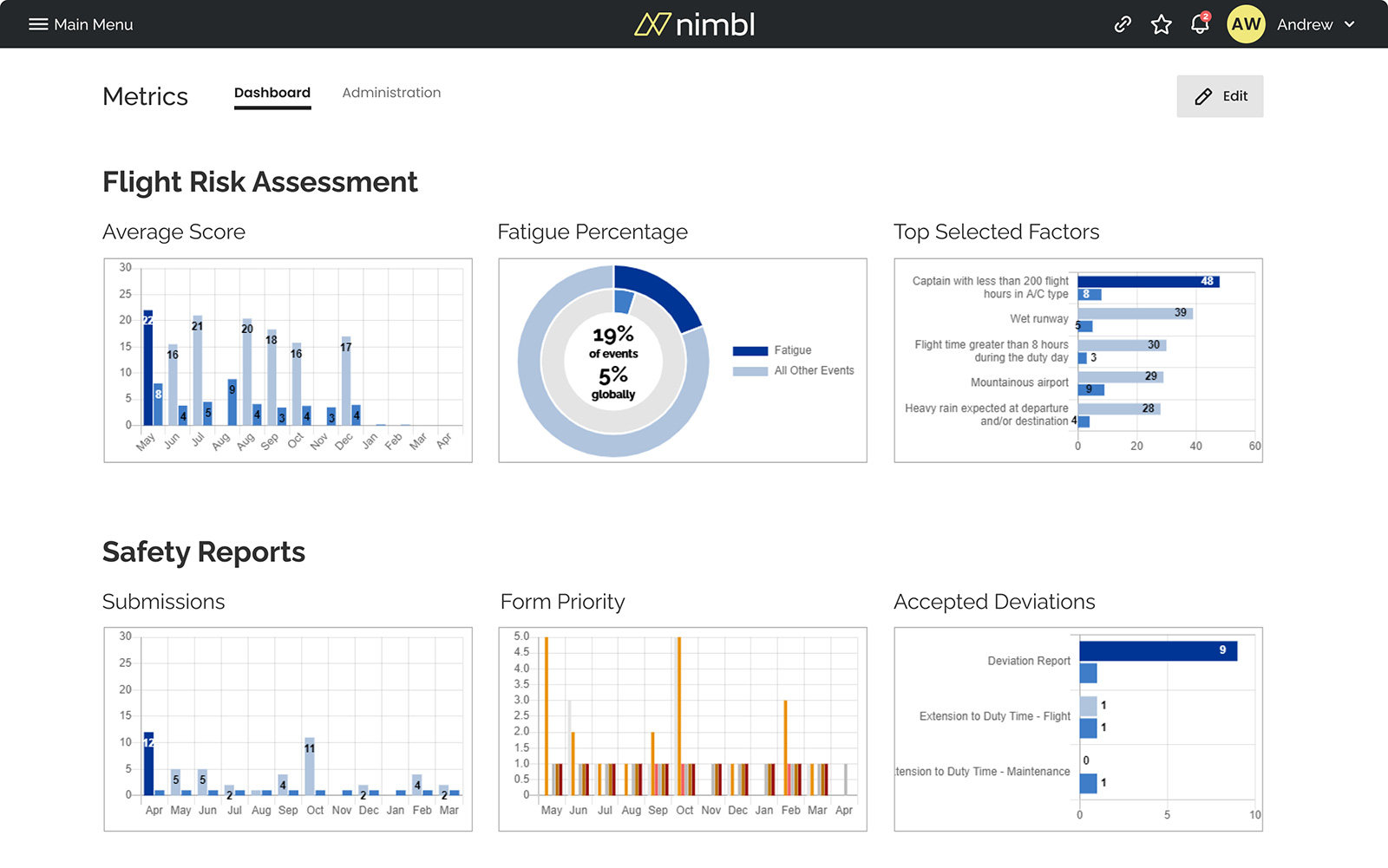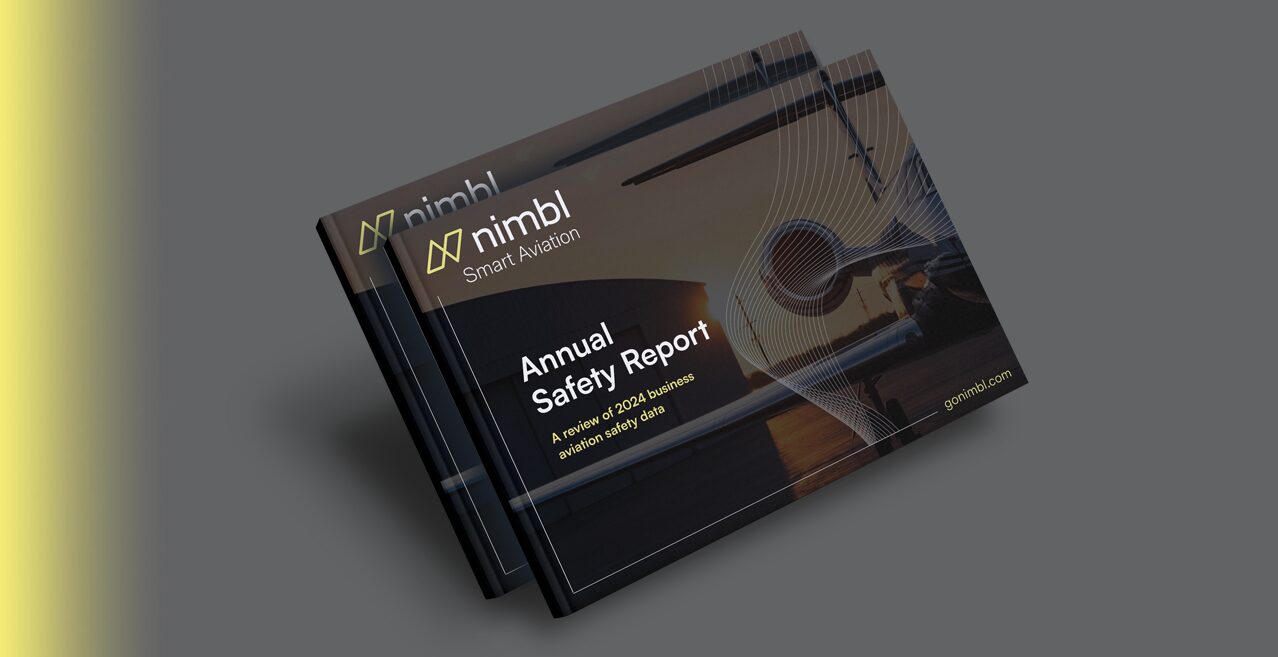What is a safety performance indicator and why should you have them?

Safety Performance Indicators (or SPIs) – What are they? How do you define them? How do they help in the quest to improve safety? Discover the answers to these questions plus see examples of SPIs in our Practical Guide to SPIs.
Defining a Safety Performance Indicator
The International Civil Aviation Association (ICAO) defines an SPI as a “data-based safety parameter, used for monitoring and assessing safety performance.” In non-aviation terms, you could compare SPIs to how a doctor monitors your vital signs, such as heart rate, blood pressure, and temperature. While an isolated vital sign may not mean much on its own, analyzing multiple vital signs together can paint a picture of your overall health. It’s the same with Safety Performance Indicators.
The more you’re involved with safety – and the Safety Management Systems in your operation – the more SPIs can be meaningful to you. With SPIs, organizations can nurture a performance-based safety management.
The value of a Safety Performance Indicator
SPIs help make a Safety Manager’s job easier. Instead of making abstract interpretations about how safety is progressing in your organization, you can use concrete quantitative measures to make informed decisions.
SPIs make it easy to evaluate progress. If you consistently track and monitor the same elements, it will be simple to identify trends over time – especially when using a digital platform to automate this process. You can quickly see whether the changes you have made, have had the desired effect.
Having statistics readily available helps you keep tabs on performance and potential warning signs, which in turn will help you make decisions faster and more effectively.
Want to learn how to determine the best SPIs for your operation?
Here are some examples of aviation safety performance indicators we have seen:
- The number of safety audit tasks completed over the past year with a goal of 6
- The percentage of safety reports with an initial response within 7 days over the last year with a goal of 80%
- The number of procedures deviations over the last quarter with a goal of 2
Our Practical Guide to SPIs includes additional examples and guidance to help you determine the best SPIs for your operation, identify trends over time, and assist you with how to track and analyze those elements to improve your operation.
With SPIs, organizations can better nurture performance-based safety management.



